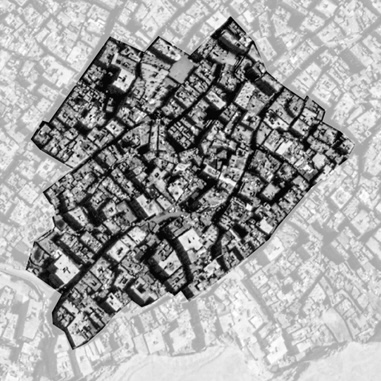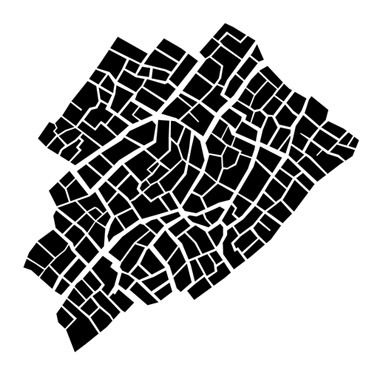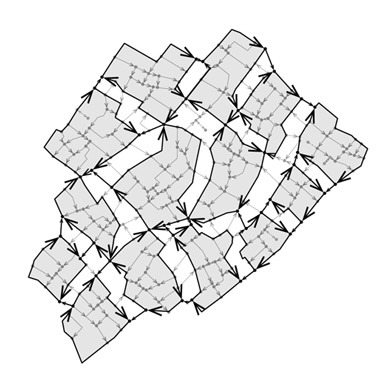With the beginning of the COVID-19 pandemic, “social distancing” became a household term. While governments urged us to stay six feet apart, many of the over 1 billion people living in informal settlements, with narrow streets and poor ventilation, found this impossible. An article in the journal Buildings and Cities authored by Juan Fernández González (MArch I ’25) and Ankit Gongal, who earned a B.Sc. Architecture from McGill University with Fernández González, looks to math for a solution.
“Unidirectional Pedestrian Circulation: Physical Distancing in Informal Settlements” posits that a flexible mathematical method could slow down COVID-19 transmissions in the narrow public circulation spaces of informal settlements. The cost-efficient, low-tech solution is “proposed for turning a planar circulation network of any size or complexity into a network of unidirectional lanes,” write Fernández González and Gongal. The novel Cluster Lane Method “makes physical distancing possible in narrow circulation spaces by limiting face-to-face interactions.” New notions and theorems are introduced for oriented graphs in graph theory.



The process, which involves the inhabitants of informal settlements, works by subdividing large clusters of dwellings into smaller clusters with each circulation lane around the dwellings assigned an orientation. People within a certain cluster can move within that cluster and those who have to cross clusters can go around the dwellings without entering them. “This limits unnecessary traffic within clusters of dwellings [and] could reduce the chances of COVID-19 spreading between clusters of dwellings, slowing contagion within an informal settlement,” write Fernández González and Gongal.

While altering informal settlements presents challenges, which are discussed in the paper, Fernández González and Gongal argue that unidirectional circulation, taken together with tools such as masking and vaccination, has real potential to slow COVID-19 transmission in dense areas and save lives.
The full article appeared in the journal’s special collection Urban Systems for Sustainability and Health.